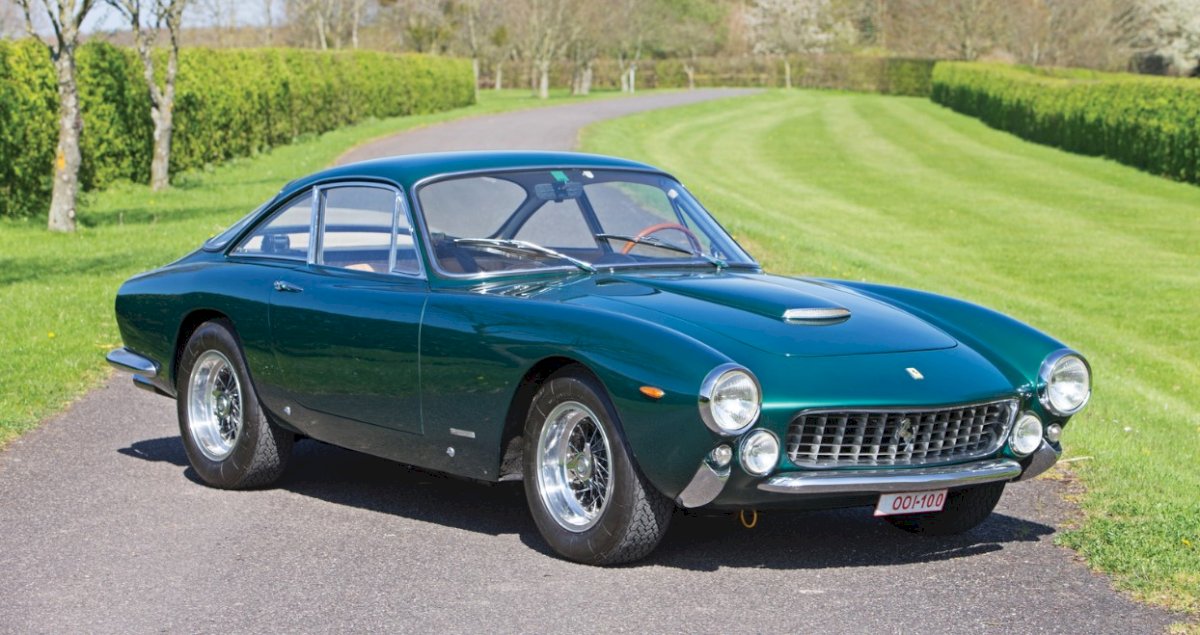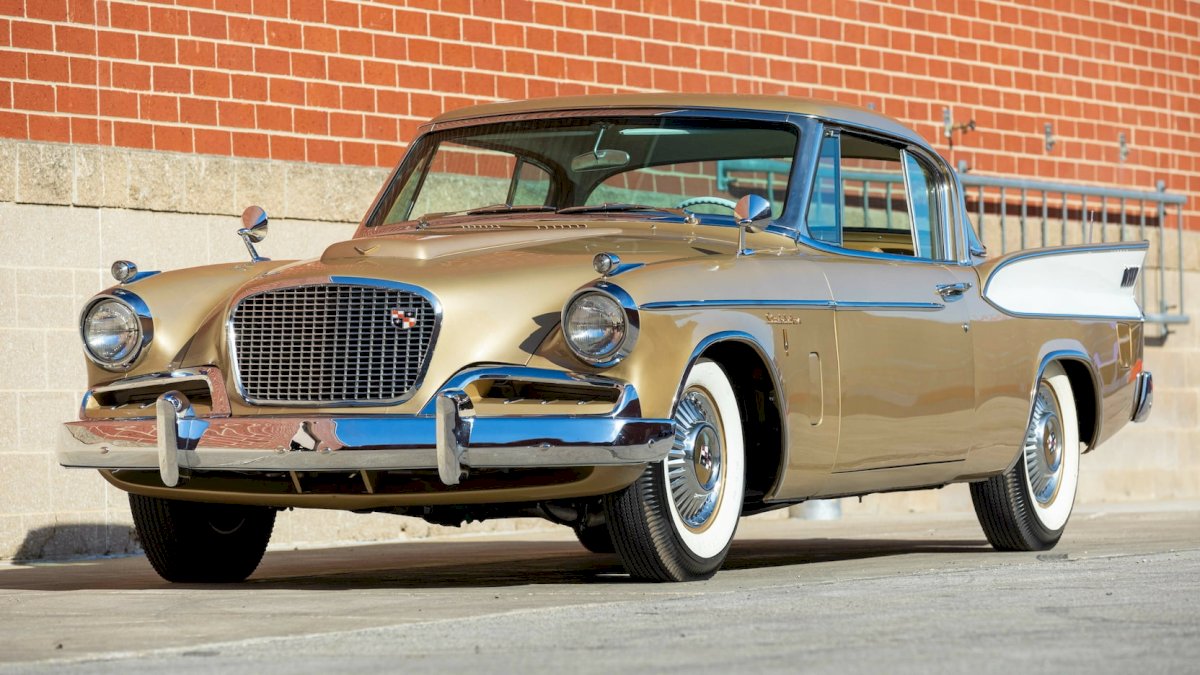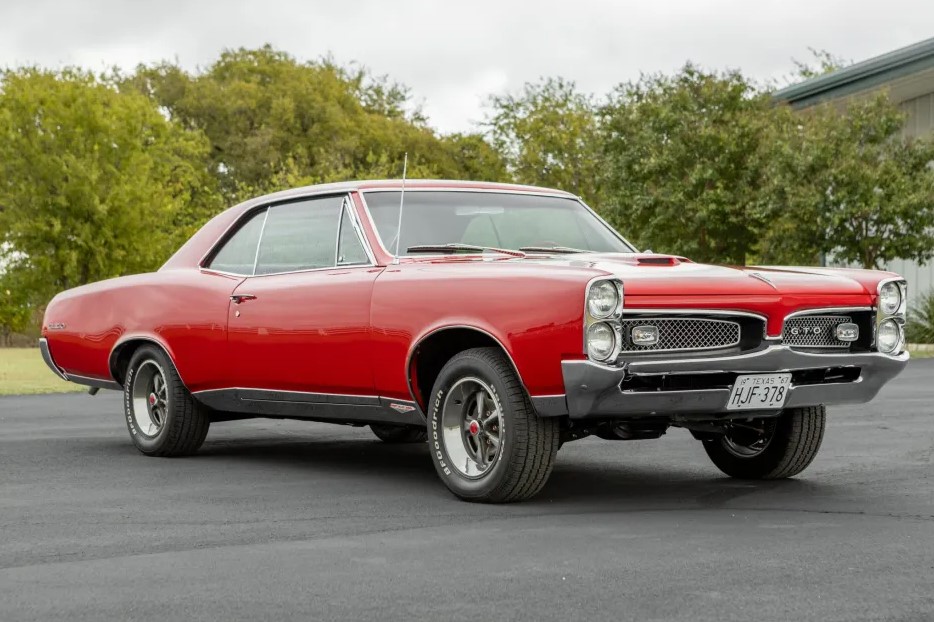In the annals of American automotive history, few names evoke the same level of passion and excitement as the Pontiac Firebird. The 1967 Pontiac Firebird, in particular, stands as a shining example of American muscle car excellence. Born in an era of automotive innovation and a thirst for speed, the Firebird was Pontiac's response to the muscle car revolution. In this article, we will take a deep dive into the history, design, performance, and cultural impact of the 1967 Pontiac Firebird.
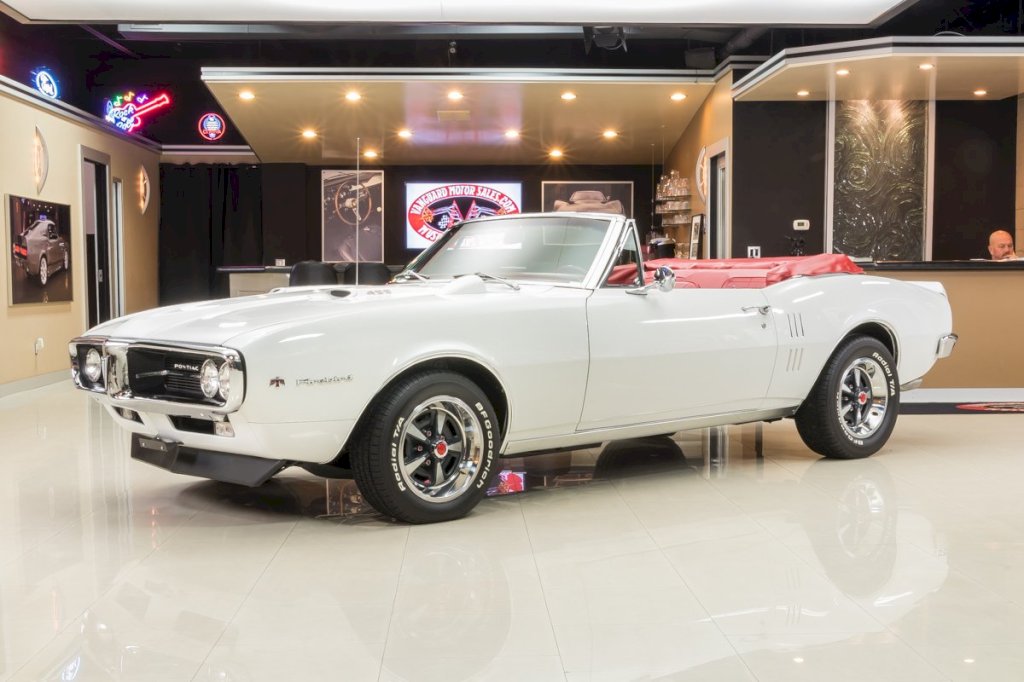
The Birth of a Legend
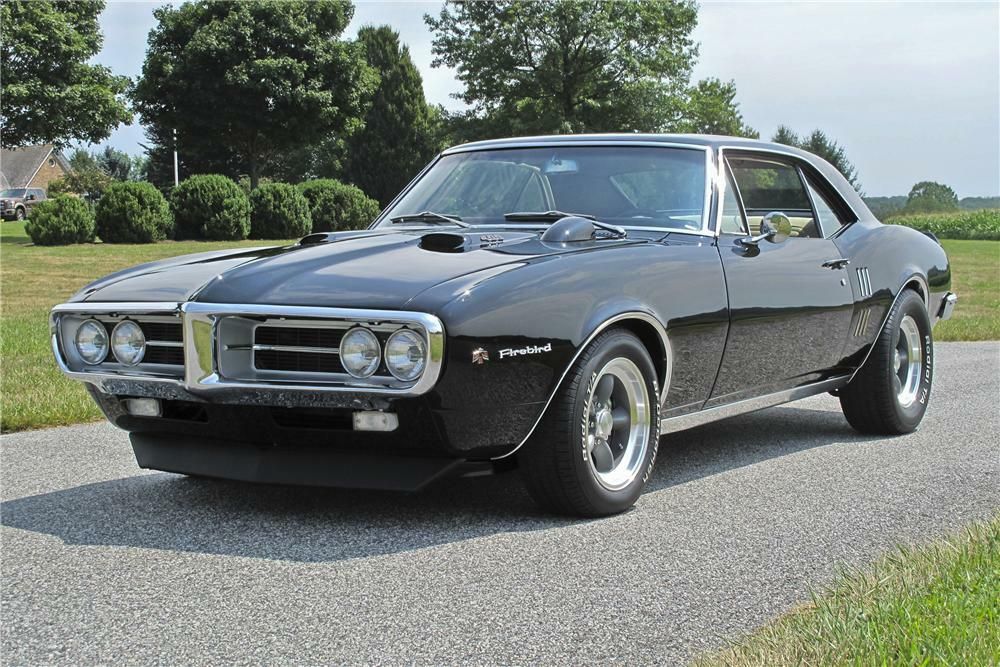
The late 1960s was a pivotal period for the American automotive industry. Muscle cars were emerging as a dominant force, captivating the hearts of speed enthusiasts across the nation. Pontiac, a division of General Motors, was keen to assert itself in this burgeoning market. The result was the birth of the Firebird, a car that would leave an indelible mark on the automotive world.
The 1967 Pontiac Firebird was part of the first generation of Firebirds, sharing a platform with the Chevrolet Camaro. Introduced on February 23, 1967, it was Pontiac's response to the growing demand for high-performance, rear-wheel-drive coupes. The Firebird was designed to compete with the Ford Mustang and the Chevrolet Camaro in the pony car segment, characterized by compact size, powerful engines, and aggressive styling.
A Bold Design Statement
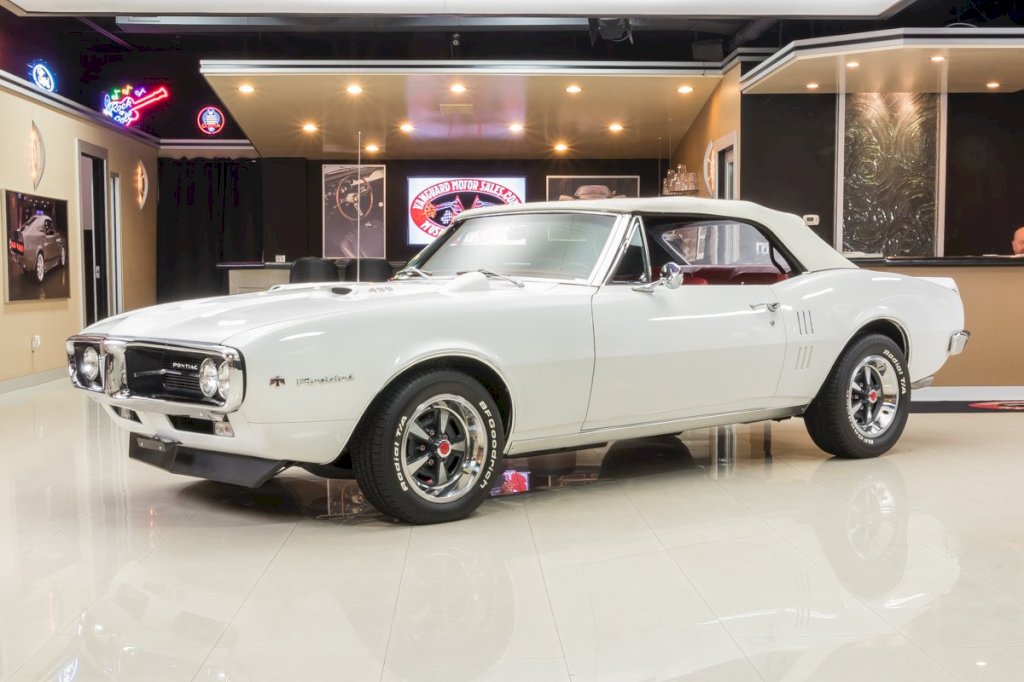
One of the most striking aspects of the 1967 Pontiac Firebird was its design. Pontiac's design team, led by Jack Humbert, worked tirelessly to create a car that would stand out from the competition. The result was a sleek and aggressive exterior with distinctive styling cues that would become iconic.
The Firebird featured a long hood and a short deck, classic proportions for a sports car. Its front end was adorned with a split grille, flanked by iconic vertical headlamps. A prominent hood scoop added to its aggressive appearance. The rear of the car featured a distinctive, integrated spoiler and dual exhausts that hinted at the car's performance capabilities.

The Firebird was available in several body styles, including a coupe and a convertible, catering to a range of preferences. Buyers could choose from a variety of paint colors, including the famous Mayfair Maize and Regimental Red, among others.
Performance Prowess
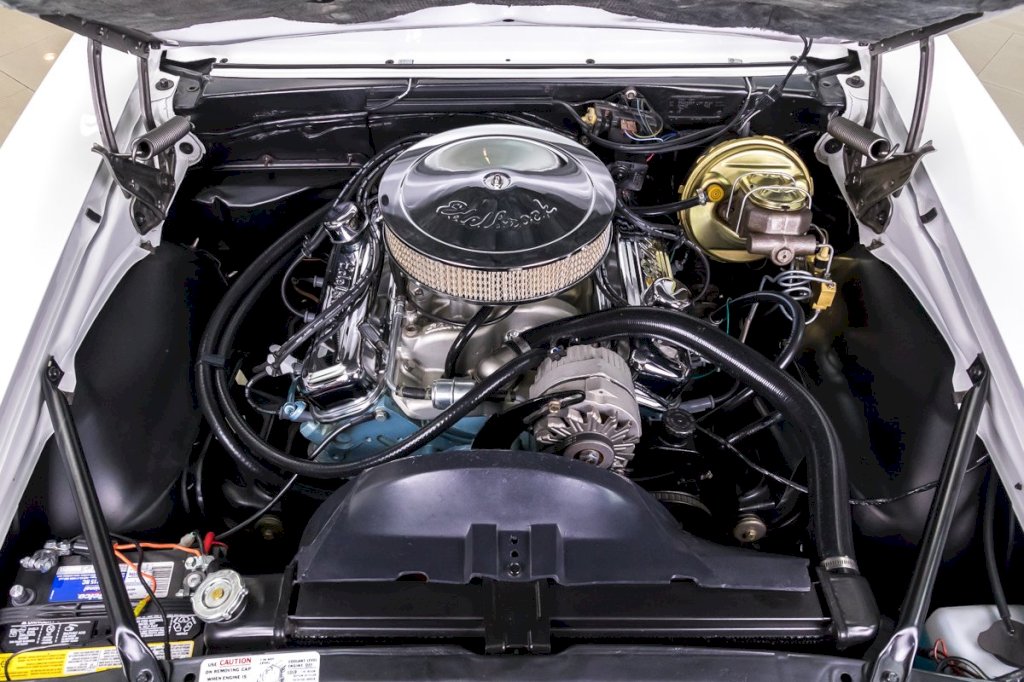
At the heart of the 1967 Pontiac Firebird's appeal was its impressive performance. Under the hood, buyers had a range of engine options to choose from, each delivering exhilarating power. The base engine was a 230-cubic-inch inline-six that produced a respectable 165 horsepower. However, it was the V8 options that truly defined the Firebird's performance capabilities.
The most potent engine option for the 1967 Firebird was the 400-cubic-inch V8, which came in several variations, including the standard 325-horsepower version and the top-of-the-line Ram Air IV with 345 horsepower. These engines were mated to a choice of manual or automatic transmissions, allowing drivers to customize their driving experience.
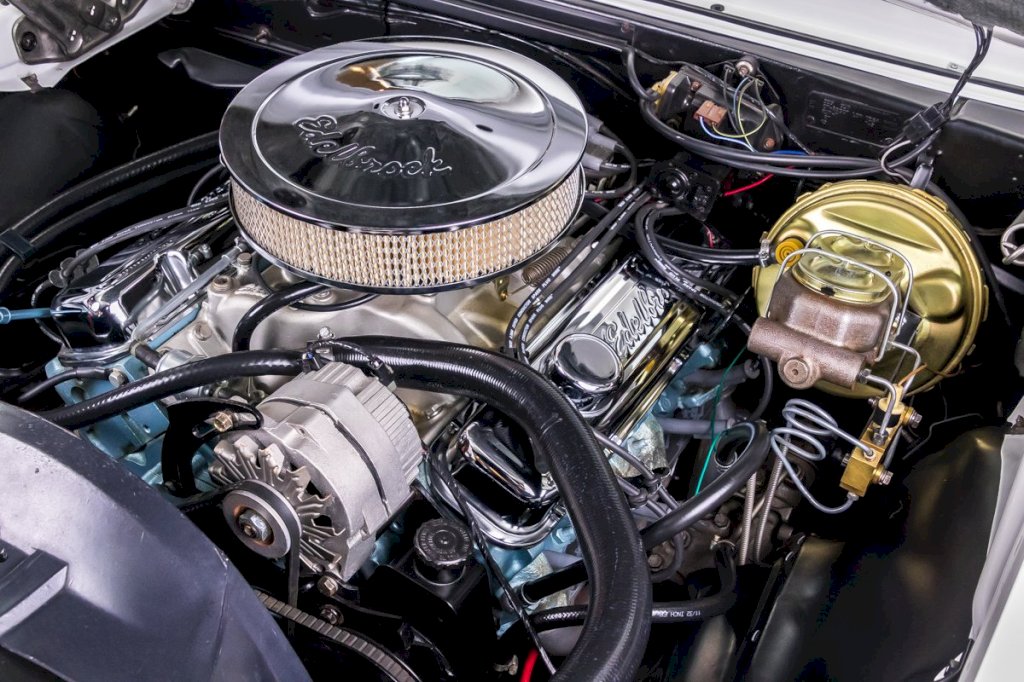
The Firebird's exceptional power-to-weight ratio and agile handling made it a formidable contender on both the street and the racetrack. It was a car built for speed, and it delivered an exhilarating driving experience that left a lasting impression on those lucky enough to get behind the wheel.
Interior Comfort and Amenities
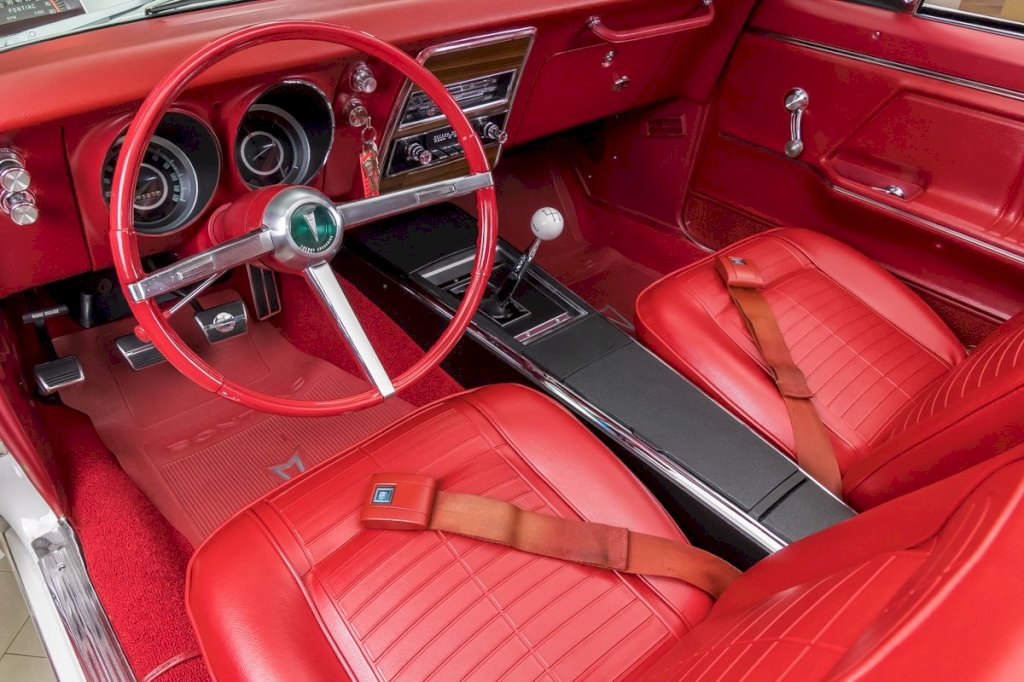
While the 1967 Pontiac Firebird was primarily designed for high-performance driving, it also offered a comfortable and well-appointed interior. The cockpit featured bucket seats and a driver-centric dashboard with a sporty instrument cluster. Pontiac paid attention to the details, with quality materials and finishes throughout the interior.
Buyers could opt for a range of comfort and convenience features, including air conditioning, power windows, power steering, and a choice of audio systems. The Firebird was designed to be a car that could be enjoyed both on long road trips and at the race track, and its interior reflected this versatility.
Cultural Impact and Popularity

The 1967 Pontiac Firebird quickly gained popularity among car enthusiasts and became an icon of American muscle cars. It was featured in numerous films, TV shows, and advertisements, cementing its status as a cultural symbol of speed and power. The Firebird appealed to a broad range of buyers, from young drivers seeking excitement to older enthusiasts looking for a combination of style and performance.
The car also enjoyed success on the racetrack, where it competed in various motorsport events, including drag racing and Trans-Am racing. The Firebird's performance capabilities and striking design made it a formidable competitor, and it left an enduring legacy in motorsport history.
Limited Production and Collectibility

The 1967 Pontiac Firebird, like many classic American muscle cars, was produced in limited quantities. This limited production adds to its desirability among collectors. Finding a well-preserved or restored Firebird today can be a challenging task, as many have succumbed to the ravages of time or extensive modification.
Restored 1967 Firebirds, especially those equipped with the high-performance V8 engines, command significant prices at auctions and are highly sought after by collectors and enthusiasts. The car's rarity, iconic design, and performance pedigree all contribute to its collectibility.
Legacy and Influence

The 1967 Pontiac Firebird left an enduring legacy in the world of American muscle cars. It set the stage for subsequent generations of Firebirds, each building upon the foundation of style and performance established by the original. The Firebird became synonymous with Pontiac's commitment to power and excitement.
While the Firebird met its end in 2002, its legacy lives on in the hearts of enthusiasts and collectors. It remains a symbol of an era when American automakers were pushing the boundaries of design and performance, delivering cars that continue to captivate and inspire.
Conclusion: A Timeless Icon

The 1967 Pontiac Firebird is more than just a classic car; it's a symbol of American automotive ingenuity and the spirit of the muscle car era. Its bold design, powerful engines, and cultural impact have secured its place in automotive history as a timeless icon of American muscle.
As collectors and enthusiasts continue to preserve and celebrate this classic, the 1967 Pontiac Firebird will forever hold a special place in the hearts of those who appreciate its power, style, and the exhilarating driving experience it offers. It stands as a testament to an era when the open road beckoned, and the thrill of speed was embodied in every curve and contour of this American legend.
